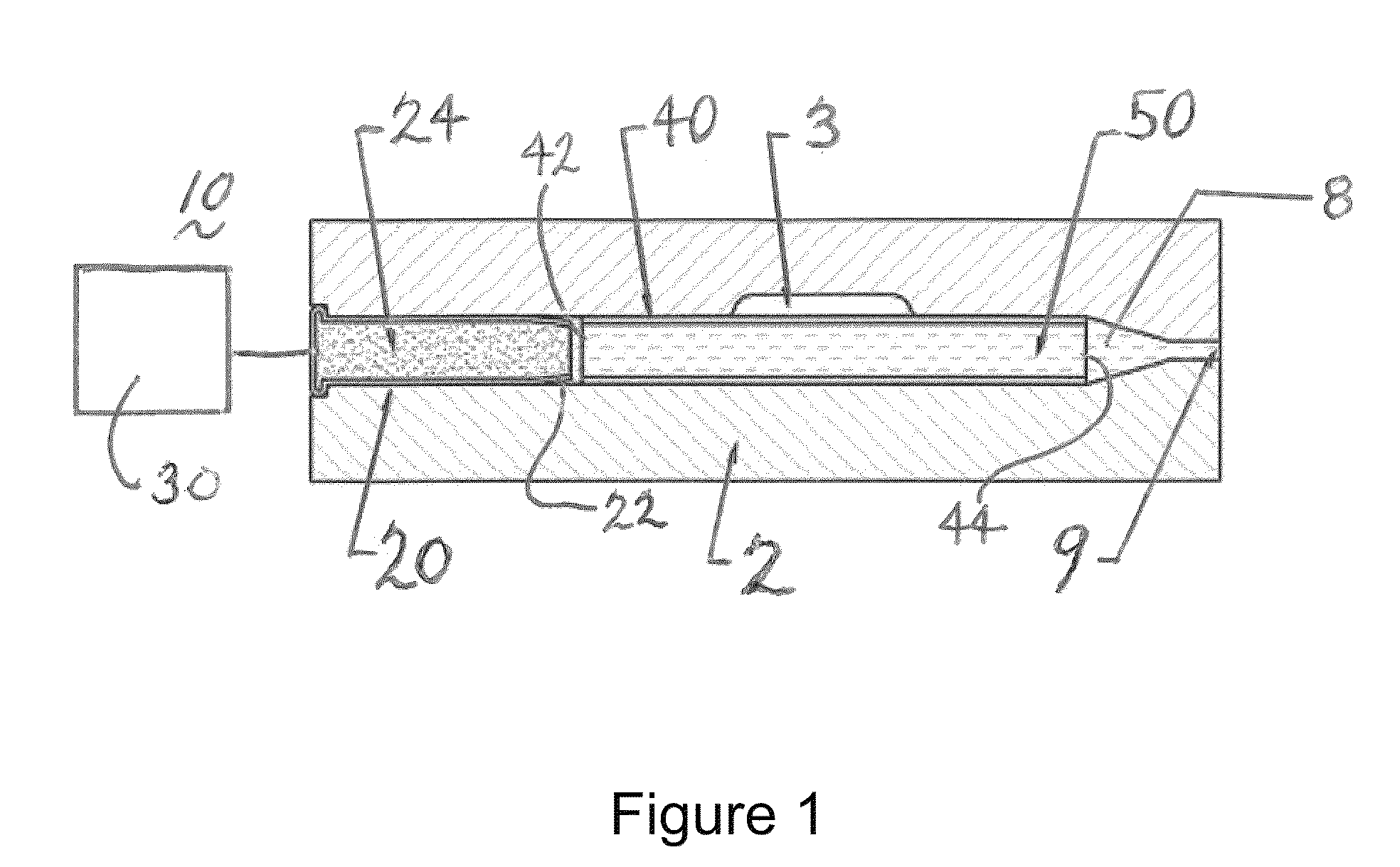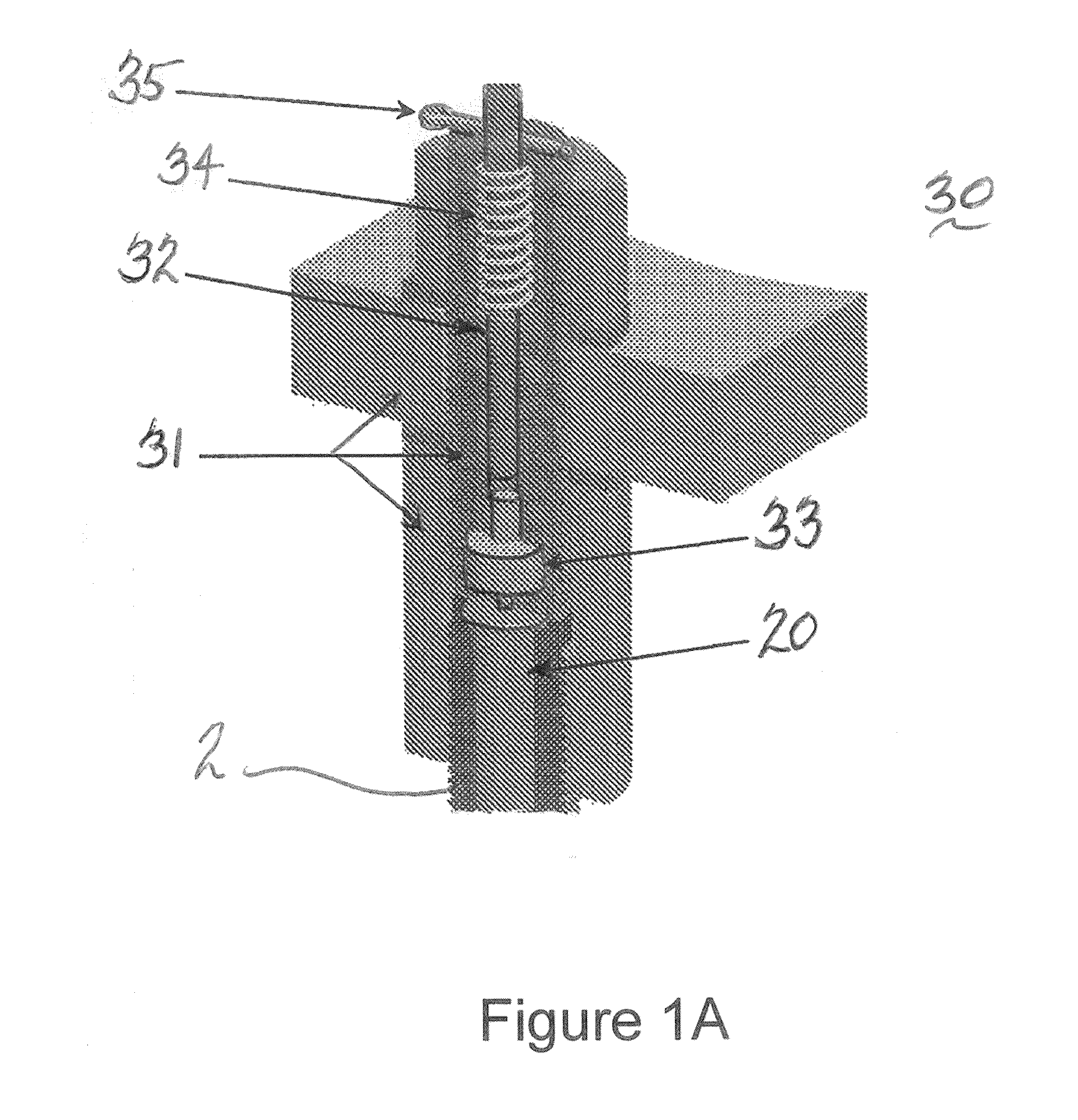System and method for forming of tubular parts
a technology of tubular parts and forming systems, applied in forging presses, forging/pressing/hammering apparatuses, manufacturing tools, etc., can solve the problems of insufficient dimensional repeatability, lack of concentricity, and inability to predict the thickness of the wall in the die corner, so as to achieve effective forming of hollow parts, high energy rate deformation, and high tensile strength
- Summary
- Abstract
- Description
- Claims
- Application Information
AI Technical Summary
Benefits of technology
Problems solved by technology
Method used
Image
Examples
example
[0069]Now referring to FIGS. 12 and 12A, a compressor high pressure stage bleed tube for commercial applications was formed in accordance with the present disclosures. The bleed tube was made from OD 0.500×0.028 thick AMS 4943 tube.
[0070]As was shown above, multiple exemplary embodiments of the present invention show the traveling compression waves propagate with the speed of sound through a liquid stream flowing through a work piece confined by a die. Due to the nature of the traveling waves at each instant of time, only a section of a work piece and a die are exposed to the high water pressure. Thus while super-high pressure is exerted on the die halves, the total force separating them is rather limited. This significantly simplifies, and in fact makes practical, the design of tools for the implementation of the proposed forming technology described herein.
PUM
| Property | Measurement | Unit |
|---|---|---|
| pressure | aaaaa | aaaaa |
| melting temperature | aaaaa | aaaaa |
| Brinell hardness | aaaaa | aaaaa |
Abstract
Description
Claims
Application Information
 Login to View More
Login to View More - R&D
- Intellectual Property
- Life Sciences
- Materials
- Tech Scout
- Unparalleled Data Quality
- Higher Quality Content
- 60% Fewer Hallucinations
Browse by: Latest US Patents, China's latest patents, Technical Efficacy Thesaurus, Application Domain, Technology Topic, Popular Technical Reports.
© 2025 PatSnap. All rights reserved.Legal|Privacy policy|Modern Slavery Act Transparency Statement|Sitemap|About US| Contact US: help@patsnap.com



